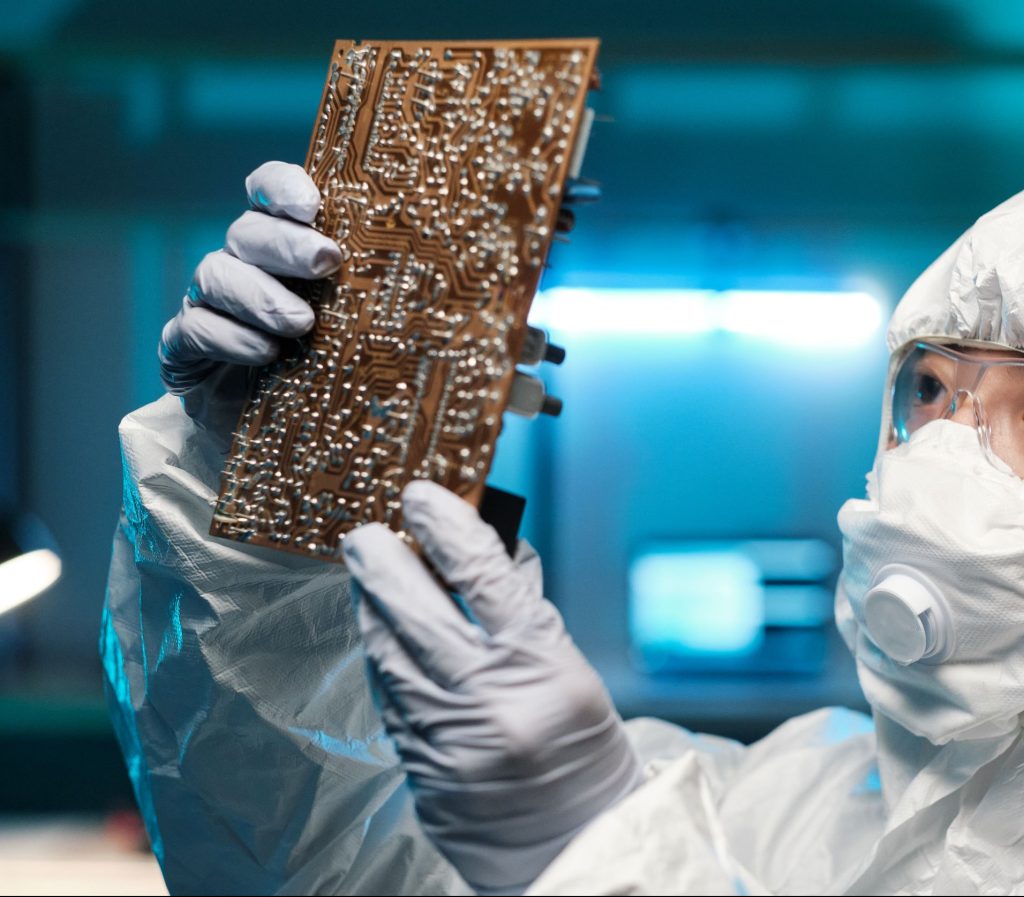Unlocking the potential of e-waste
A material quantification analysis of chromium, copper, indium, magnesium, neodymium, and niobium in the EU
Waste electronics present a growing concern due to their economic value and material intensification, making proper collection and recycling essential for sustainable growth. However, quantifying the size and composition of waste flows is challenging. Using a material flow analysis this study combines electronic waste flows and product compositions of six selected elements (chromium, copper, indium, magnesium, neodymium, and niobium) based on their significance in the electrical and electronic products (EEE) in the EU. The study found that in 2018, 52 % of all WEEE generated in EU28+3 was properly collected and recycled, and the remaining 48% were unreported or unaccounted for of which the selected elements represented 5 %, representing a combined loss of €1.41 billion.
The obtained results provide a much-needed perspective to map electronic products on a material level for circular material supply. Proper collection and recycling of WEEE are crucial for sustainable growth and the recovery of valuable materials.
Other relevant publications
Report collection for reuse at recycling centers
This report analyzes pilot projects in the municipalities of Amersfoort and Zwolle aimed at promoting the reuse of electrical appliances through recycling centers.
Program of requirements for circular climate installations
The program of requirements for circular climate installations has been developed for housing associations and their partners to reduce the environmental impact of building-related installations.







